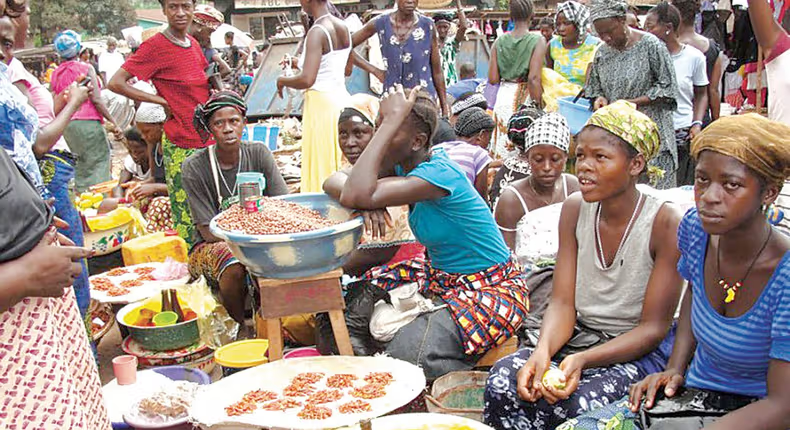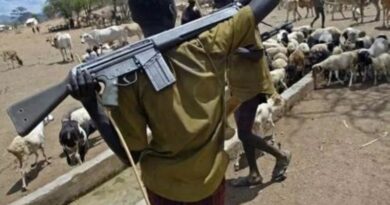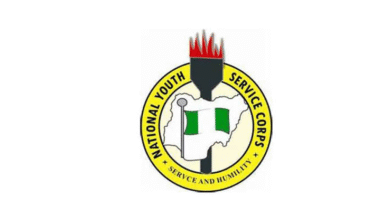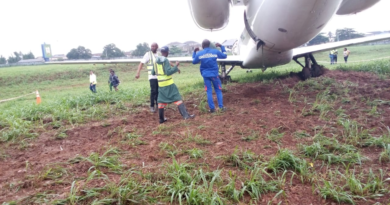World Bank: 75% of Rural Nigerians Now Live in Poverty
The World Bank has raised the alarm over increasing poverty levels in Nigeria, revealing that more than three-quarters of the country’s rural population—approximately 75.5%—now live below the poverty line. This stark figure, contained in the Bank’s April 2025 Poverty and Equity Brief, paints a grim portrait of Nigeria’s socioeconomic landscape, underscoring widening inequality, persistent underdevelopment, and the growing cost of economic stagnation.
While poverty in urban areas remains a significant concern, affecting over 41% of city dwellers, the situation in rural communities is far more severe. According to the report, rural Nigerians continue to bear the brunt of rising inflation, widespread insecurity, and limited access to basic services. These challenges have compounded the hardships faced by millions, making it increasingly difficult for families to meet even the most basic daily needs.
The bank’s findings also expose sharp regional disparities. Poverty is particularly pronounced in Nigeria’s northern regions, where 46.5% of the population is impoverished, compared to just 13.5% in the south. The nation’s Gini index, a global measure of inequality, stood at 35.1 as of 2018/19, reflecting the growing income divide. Even more alarming is the “prosperity gap”—a metric that compares actual income levels to a standard $25-per-day threshold. In Nigeria, that gap is now more than tenfold, far surpassing that of many comparable developing nations.
Read Also: FG Launches CEDF Scheme To Empower Nigerian Entrepreneurs
Children and the uneducated are especially vulnerable. The report reveals that 72.5% of Nigerian children aged 0–14 live in poverty. The likelihood of being poor decreases dramatically with education: nearly 80% of Nigerians without any formal education are impoverished, while only about a quarter of those with tertiary education fall below the poverty line. Gender disparities are also significant, though marginally so—approximately 64% of both women and men live below the lower-middle-income international benchmark of $3.65 per day.
Beyond monetary metrics, the World Bank assessed multidimensional poverty, which considers access to essential services. A significant portion of the population still lacks access to clean drinking water, electricity, and adequate sanitation. Many adults have not completed primary school, and around 9% of households report that at least one child is not attending school.
Despite efforts by successive governments to stabilize the economy, the World Bank notes that poverty reduction has been painfully slow. Since 2010, the national poverty rate has declined by just 0.5 percentage points annually—a rate the report describes as stagnation. High inflation continues to erode purchasing power, especially in urban areas where wages have largely remained flat.
The bank’s message is clear: Nigeria’s current trajectory is unsustainable. It calls for urgent policy reforms that go beyond temporary relief, emphasizing the need to shield vulnerable groups from inflation, stimulate inclusive economic growth, create jobs through productive enterprise, and improve access to education and essential services.
The report serves as a sobering reminder of the scale and complexity of Nigeria’s poverty crisis. Without sustained, targeted interventions, the economic divide is poised to deepen further, threatening not just livelihoods but national cohesion and long-term development.
Content Credit | Abgetan Bisola
Image Credit | africa.businessinsider.com




